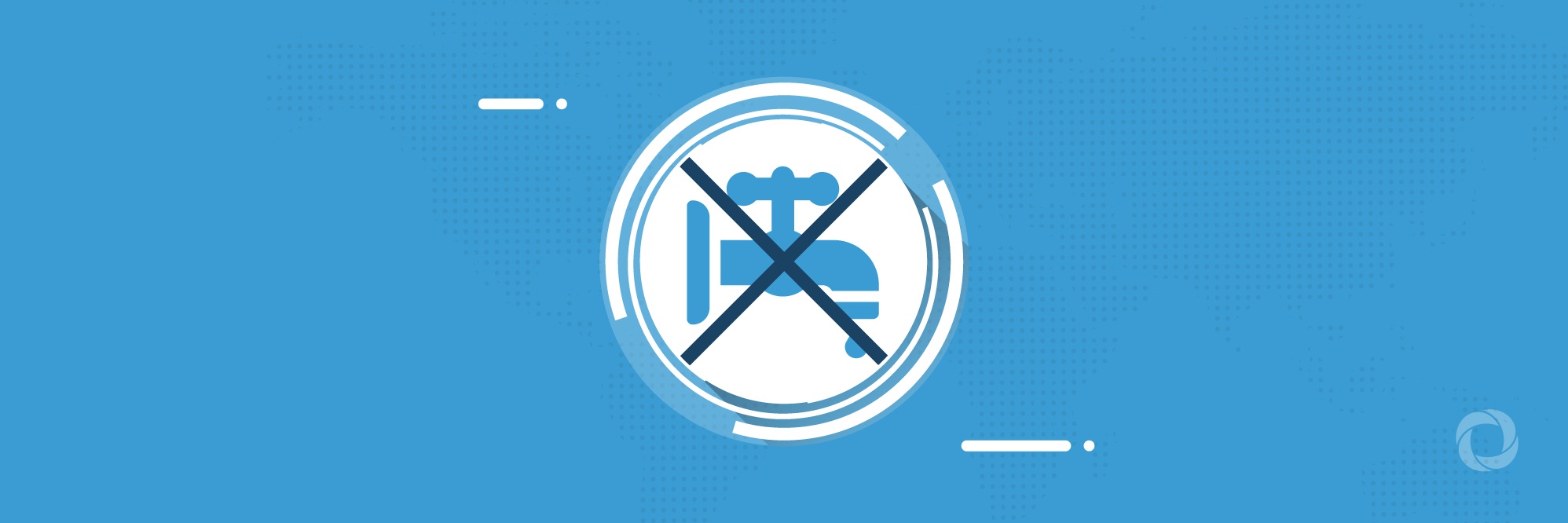Access to water has always been on the international agenda. Yet, as handwashing and sanitation are mandatory measures to protect against the coronavirus, the pandemic has turned this issue into a critical one. Under these circumstances, the international community has expressed concern at a possible failure to achieve Sustainable Development Goal (SDG) number 6 which provides for guaranteeing clean water and sanitation for everyone.
Lack of access to water = moral failure
Three billion people worldwide face water shortage, over two billion people have no access to drinking water, desertification threatens the livelihoods of nearly one billion people in 100 countries, intense water scarcity may displace as many as 700 million people by 2030, and one in four of the world’s children under 18 – some 600 million – will be living in areas of extremely high water stress by 2040.
All these rather alarming figures were listed at a high-level meeting of the UN General Assembly on ensuring water and sanitation, held on 18 March and attended by officials from 90 states.
Commenting on the figures, UN General Assembly President, Volkan Bozkir, described this situation as a “moral failure”. “If I may be candid: it is a moral failure that we live in a world with such high levels of technical innovation and success, but we continue to allow billions of people to exist without clean drinking water or the basic tools to wash their hands,” Bozkir said.
The data came as yet one more red flag that the risk of failing to meet SDG 6 and secure access to clean water and sanitation for all by 2030 was rather high.
Pandemic impact on water access
The pandemic has not by any means made this task easy. Thought to affect mainly developing countries, particularly in Asia and Africa, the issue of access to clean water is now of concern for the developed world as well.
As the pandemic has brought economic shocks that have worsened the living conditions in both developed and developing countries, the financial situation of millions of people has deteriorated, and buying clean water in the regions facing water shortage may become a luxury for many. Even in the USA, some two million people still have no access to running water, indoor plumbing systems, or wastewater services.
Moreover, an assessment survey by USAID has shown that “declines in water access are linked not only to economic shocks borne by consumers but also to financial pressures endured by water service providers as they suffer revenue shortfalls”.
Since access to water, sanitation, and hygiene are crucial to fighting the coronavirus, water shortage is not helping to halt the spread of the virus.
Call to action
“Delivering on SDG6 and guaranteeing water and sanitation for all is a win across the board. Water is both an economic good and an SDG accelerator, facilitating progress on each of the other SDGs. For this reason, we must see the recovery from COVID-19 as an inflection point in the International Decade for Action, ‘Water for Sustainable Development’, and re-focus our efforts on sustainable and integrated water management,” Volkan Bozkir said at the meeting of the UN General Assembly.
He called on the international community to provide greater financial and capacity-building support to water and sanitation-related activities, particularly through their support for COVID-19 recovery.
Figure 1: Percentage of respondents answering “Yes” to the question, “Has COVID-19 made it more difficult to get your drinking water?” Source: USAID report.
Figure 2: SMS survey response to the question, “Do you notice your neighbors and friends washing their hands with soap more often than before COVID-19?” Source: USAID report.

